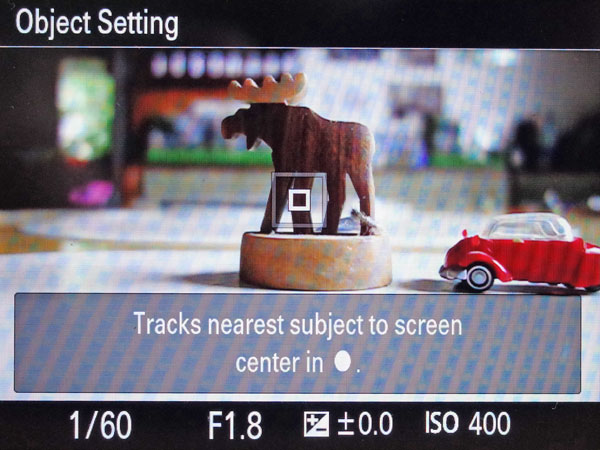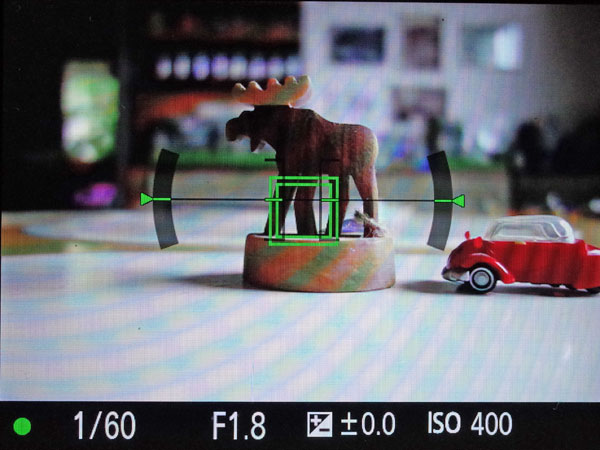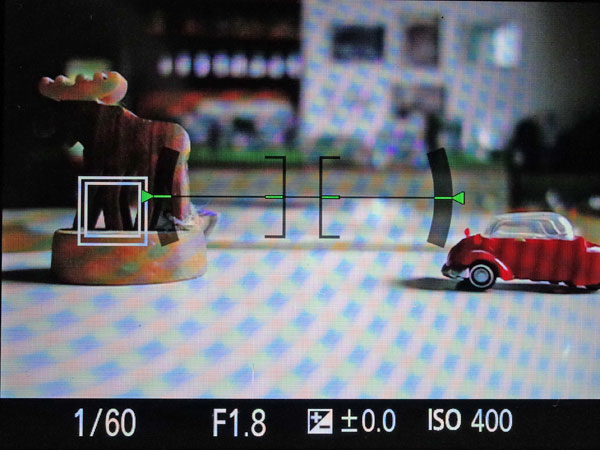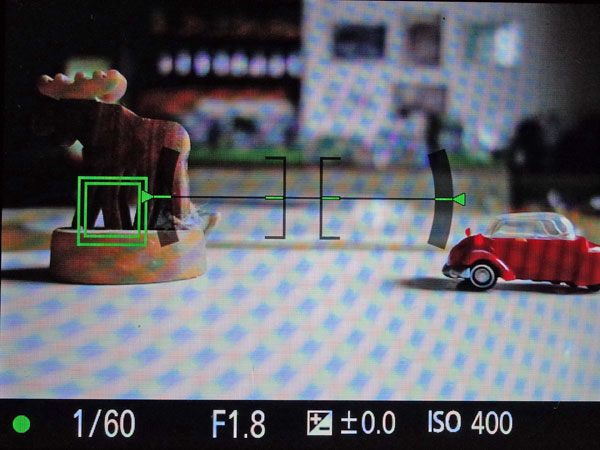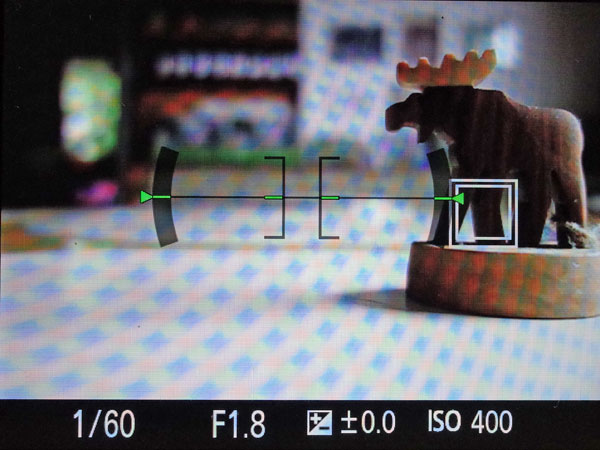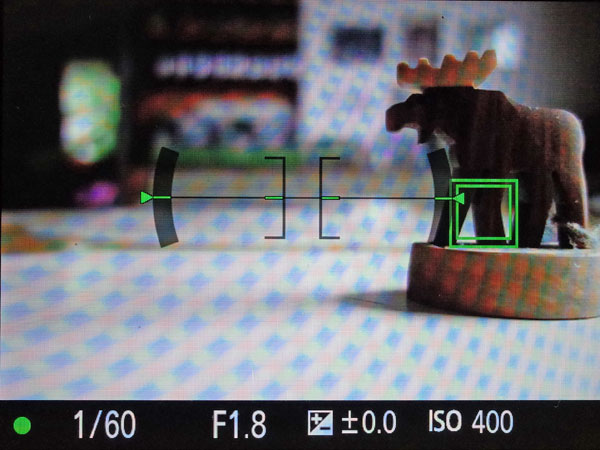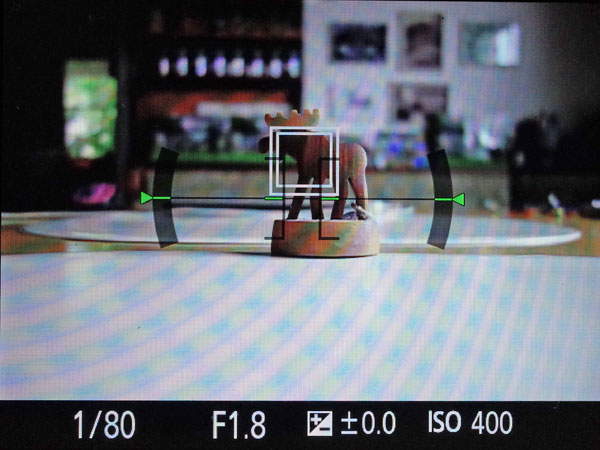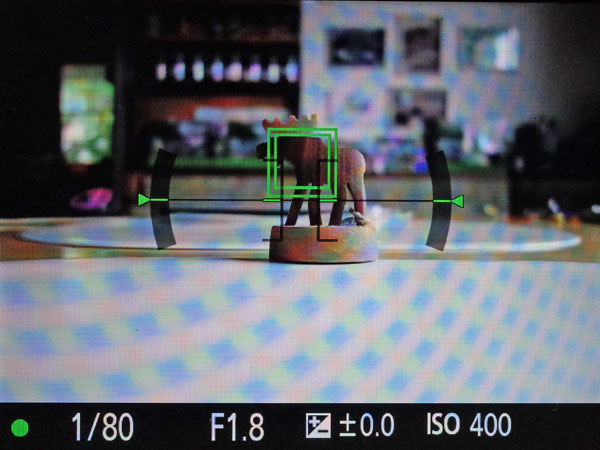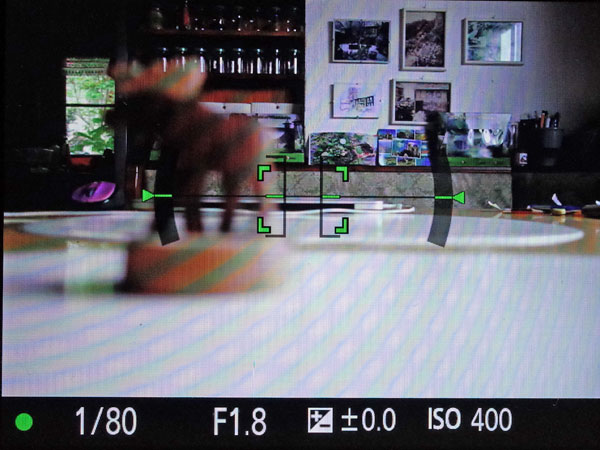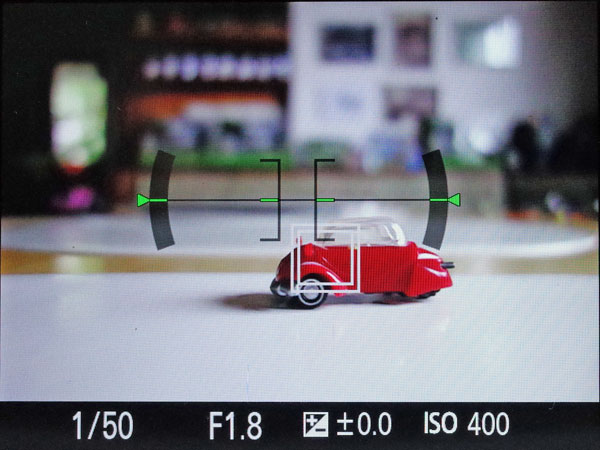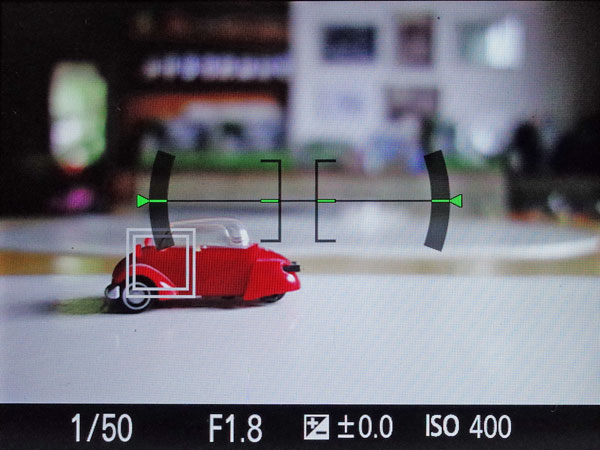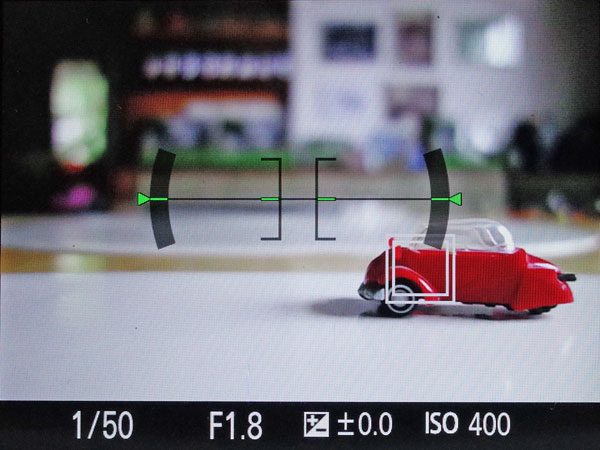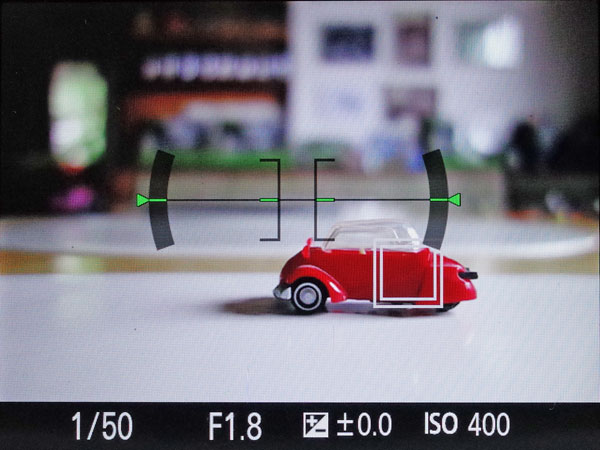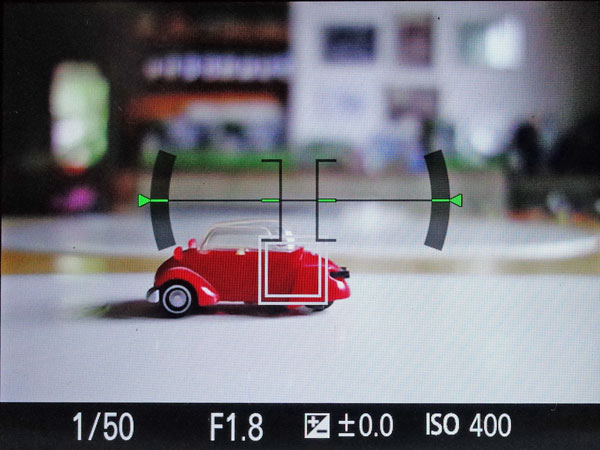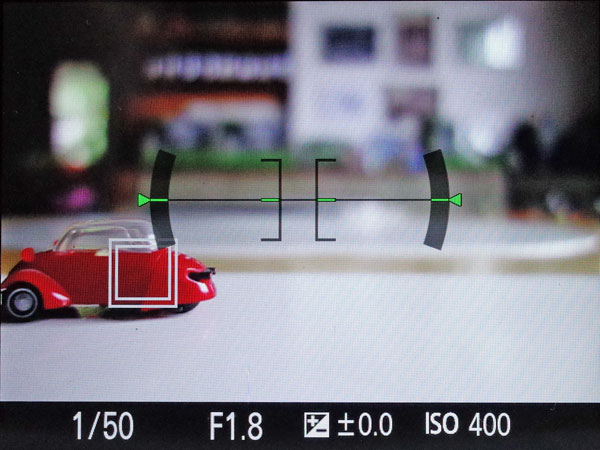Sony RX100 M1: Close-Ups with Focus Tracking
This page and its companion pages discusses the macro abilities of the Sony RX100 M1. Although the camera has a macro mode (allowing shots from 5 cm), I would not call these photos "macros" and therefore use the term "close-up."
This page discusses using focus tracking (Tracking Focus mode) for close-up shots in more detail and demonstrates its effect.
Note: The following post on RX100 Macros (09-11-2012 05:42 PM) community.sony.com/t5/Cybershot-Cameras/RX-100-Macro/td-p/28896 offers a lot of useful information about using the Sony RX100 M1 for macros. For more close-up photos see pages Close-Up Introduction and First Samples, Close-Up Samples and Close-Up Samples - Part 2.
New Idea: Using Tracking Focus for Close-Up Shots
After I had read an article about focus tracking with new DSLR and system cameras in dpreview.com in spring 2017, I had the idea of using the Focus Tracking mode of the Sony RX 100 M1 for close-up shots and for shots where the subject is not at the center. Actually, this focus mode is meant for moving objects. So, this proposal is a kind of "misuse" of this feature. The idea behind this "misuse" is as follows:
- When taking close-up shots it is important that you put the focus exactly
where you want/need it. This requires that you set the Focus Mode to Center or
Flexible Spot (because otherwise the camera will select it on its own), point
the camera to the target area, half-press the shutter to lock the
focus, recompose the image, and then press the shutter button
to take the photo.
The flexible spot can also be moved around so that you need neither lock the focus nor recompose the image. Typically you do this when using a tripod, but here my focus is on hand-held shots. - Half-pressing and then recomposing can be awkward at times, particularly when there is wind and the target moves somewhat to and fro - or you move the camera yourself, because you cannot hold it steadily. Here, the Tracking Focus mode comes into play, because it can, at least to a certain degree, compensate for such movements. In short: you tell the camera, on which area you want to focus, and the camera tries to maintain focus on this area by moving the focus point when the image changes due to subject or camera movements.
- For using Tracking Focus, you press the center button at the rear. A gray square appears on the screen to indicate the focus area, and within it is a smaller white square, suggesting that this small area is used to set the focus point, but I am not sure whether this is indeed the case To set the focus area you point the square to the desired target (by moving the camera) and then press the center button once again. After a short delay, the camera surrounds the selected focus area with a white double framed square of the same size as the gray frame. This frame indicates on which area the camera will focus. It tries to follow (or track) the selected area, so that you can see where the focus will be set (it may not always stay on exactly the same area, though). You need not half-press the shutter button all the time, but when you half-press it, the white focus frame will turn green to indicate that focus has been found. Now you can press the shutter button to take the photo. Do not wait too long, though, because the target may have moved in the meantime!
- Sometimes, the camera loses track of the target, and the focus square disappears, or it moves astray to different objects. In both cases, you will have to restart the process by pressing the center button again, and so on.
So far, so good. First tests indicated that I got a lot of "hits" using this method. Details can be found further down.
When I consulted books on the RX 100 M1 about the topic of Focus Tracking, I found that the authors either did not mention any specifics or were not that enthusiastic of focus tracking. But the latter author considered, of course, only the "intended use" of this function, not my "misuse." I then searched the Internet for using focus tracking on the Sony RX 100 and found indeed a thread and a posting (this one collects all the information: www.dpreview.com/forums/post/52012936), where all this was already discussed (this part of a more general thread was more or less a discussion between two people):
Re: RX100/RX100M2 tips and tricks - TRACKING FOCUS ( In reply to Forwardfold) www.dpreview.com/forums/post/51996108 (elliottnewcomb, Aug 16, 2013) Pets, infants, rug rats? Try Tracking Focus at least to know, you might like it. Set up camera for whatever you are typically doing, (leave it in your normal focus mode), tracking focus will over-ride it for one shot at a time only.
It is like spot focus, but it moves automatically as the subject/you move. You can follow the creature around a corner. or playground, until something happens. You can compose with the subject anywhere in the frame, as the white box will be the focus point. The camera returns to your normal focus mode automatically after the shot. To use it again, press center button, aim, press, wait for a smile, take the shot. If you press the center button a third time, prior to taking a shot, it will cancel tracking focus and go back to your normal focus mode. Elliott www.dpreview.com/forums/post/51999169 (Michael Fritzen, Aug 17, 2013) the tracking focus is also very good for close-up / macro to keep the focus on the right spot while allowing for a pleasant composition of the frame. The only caveat is that one has to make sure (wait) for the white box turning green (half pressing shutter) for final focus aquisition prior taking the shot. Edit: It's worth to note that strong / fast moves are able to make the tracking focus feature loosing the selected point and then focus returns to normal. Thsi occasionally happend to me for example when a close-up object to be photographed was suddenly moved by the wind. Cheers, Michael Fritzen www.dpreview.com/forums/post/52003781 (elliottnewcomb, Aug 18, 2013) That is nice to know, I might get a macro lens soon. Why might you prefer trackig focus to flexible spot focus for macro? Are you meaning insects that move on a flower for instance? Elliott www.dpreview.com/forums/post/52012936 (Michael Fritzen, Aug 19, 2013) I've used it more for close-up/macro with cam's orginal optics only (full WA) and handheld shooting to insure that focus would be on the part I wanted to be in focus. Then the tracking compensated for all possible moves (reframing / slight subject moves / handheld shooting with its slight forth and back moves). My feeling is the flex focus (which I know from the KM A2 already) is better for essentailly static subject however with desired focus point off centre at a certain spot or for shooting with a tripod. What works however with increased magnification factors by using additional close-up lenses I don't know, if the modes have different sensitivy / size of the analysed area which can be decisive. Cheers, Michael Fritzen |
The first posting describes the basic procedure of focus tracking, the second points to its use for close-up shots and also warns that you can lose focus through sudden movements.The third posting asks the relevant question "Why focus tracking and not other approaches?", and the fourth posting answers this question. In short, focus tracking is better for hand-held shots where not only the subject moves but also the camera (the more the more you magnify), while Flexible Spot would be better for static targets and using a tripod (that is, subject and camera are not moving!).
The Procedure
The procedure for using focus tracking was already well described by elliottnewcomb in his posting, so I will provide only a slightly edited and corrected version of it here:
Set up the camera for whatever you are typically doing. Leave it in your normal focus mode, tracking focus will over-ride it (except for "flexible spot" and manual focus, then you have to choose on of the other two AF focus modes - see below). Here is how you activate focus tracking:
- Press the center button (at the rear) that activates the focus tracking mode. A small white focus box within a larger gray square box appears at the center of the screen (plus an explaining message; see Figure below).
- Aim the camera so that the target
is inside the white box and press the center button again.
Now the focus box is set to that target, indicated by a square white double frame (see Figure below) of about the same size as the gray box before. - As you move, or as the subject moves, the white focus box tries to follow that part it is set to.
- Half-press the shutter button and wait until the white double frame turns green to confirm focus, then take the shot.
You can take several shots with focus tracking (contrary to what elliottnewcomb states). Focus tracking is aborted either when the focus loses its target (in contrast to face detection), when you cancel focus tracking by pressing the center button, or when you turn the camera off, switch the mode, etc.. If want to switch to a new target, you have to cancel focus tracking and start it anew.
All in all, focus tracking is like spot focus, but the spot moves automatically as the subject moves or you move. You can follow the target, until something happens, for example, a too fast movement, or when the target leaves the image frame. Note that you can compose with the subject anywhere in the image frame, because the white box will be the focus point. There is no need to half-press the shutter button for locking the focus.
If the camera unexpectedly returns to your normal focus mode, you have to reactivate focus tracking by pressing the center button once more, aiming at the target, and pressing the center button for a second time. You have to do so as well if you want to switch to another focus target. If you press the center button for a third time, prior to taking a shot, the camera will cancel Tracking Focus and return to your normal focus mode.
*) The Sony RX100 online manual states:
Tracking Focus is not available in the following situations:
- When using zoom functions other than optical zoom
- When Focus Mode is set to Manual Focus
- When Autofocus Area is set to Flexible Spot
Focus tracking will automatically be canceled when the subject disappears from the screen or the camera has failed to track the target. However, if the target of the tracking focus is a specified face, the camera keeps tracking on that face even if the face disappears from the screen. (From Cybershot user-guide - Tracking Focus: docs.esupport.sony.com/dvimag/DSCRX100_guide/en/contents/02/04/01/01.html)
The following photos demonstrate that the target area for focus tracking may change (or eventually get lost) after some moves of the subject:
Sample Photos
Sample images may not be very useful in this case because even if I show a series of photos that were done with this approach to give an idea of the hit rate you may not believe me. I may have left photos out or could have taken more photos for a better hit rate. All in all, my hit rate is not 100%, it is more at about 50%, but this depends very much on the conditions under which the photos were taken (wind, camera shake, magnification, type of subjects, etc.). I therefore simply present unprocessed sample photos that were taken using this focusing approach, demonstrating that you can be successful with it.
Series 1
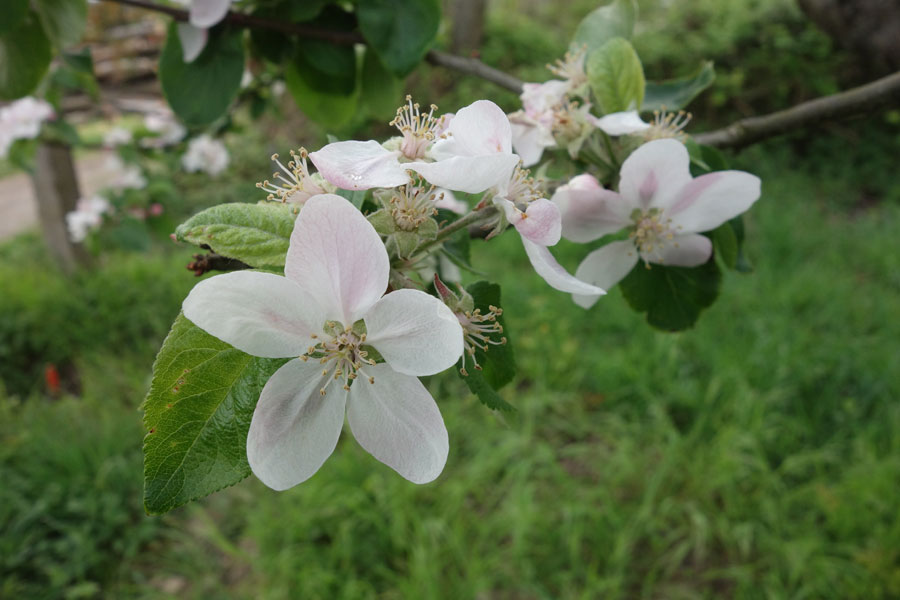 |
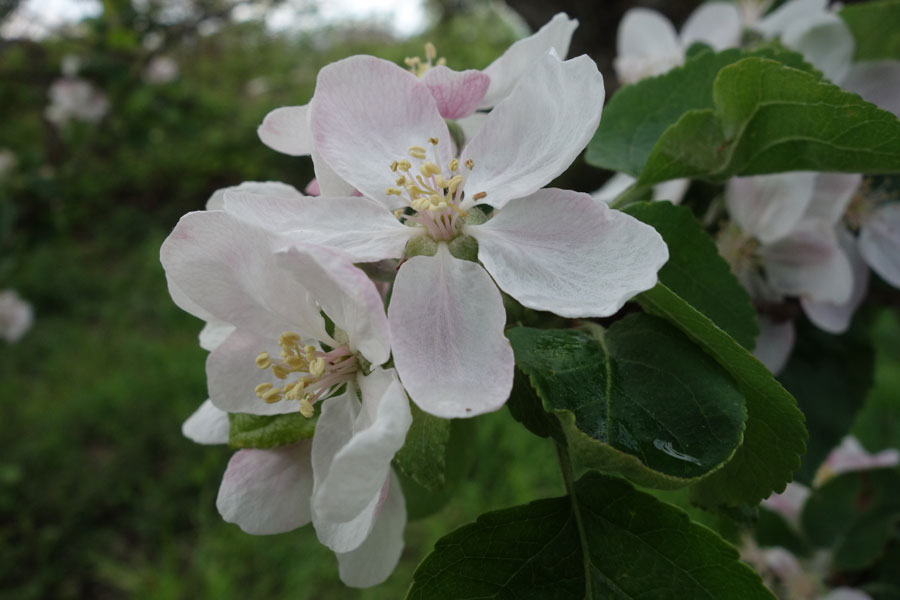 |
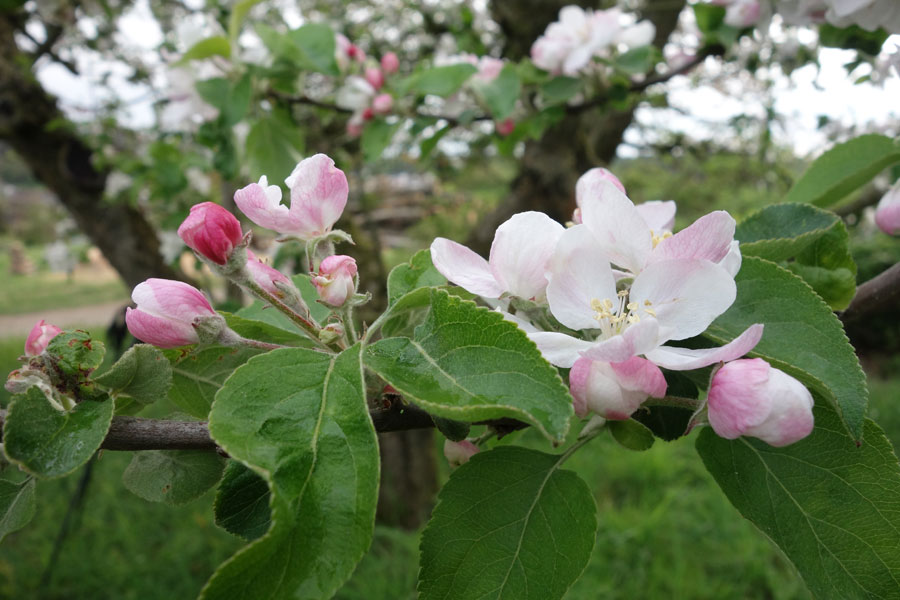 |
||
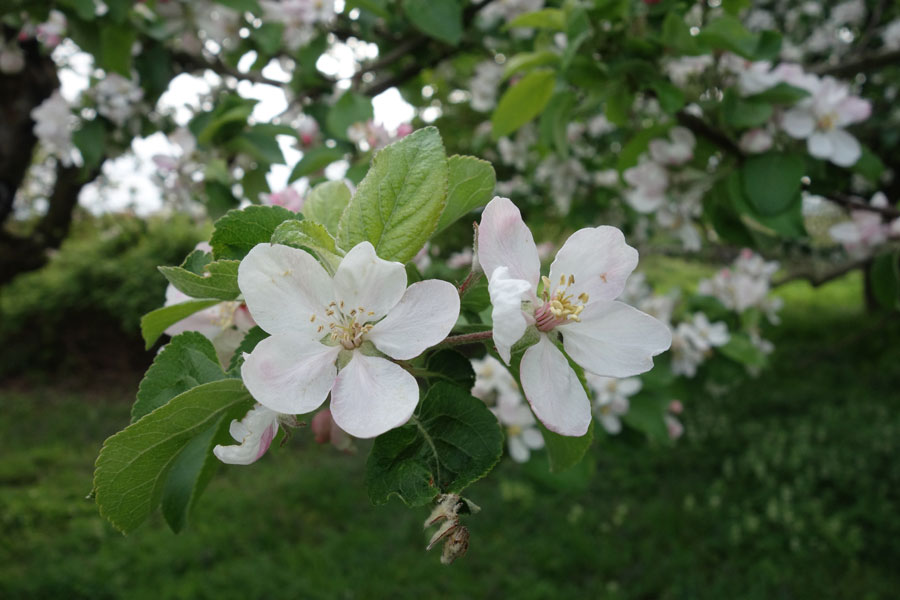 |
 |
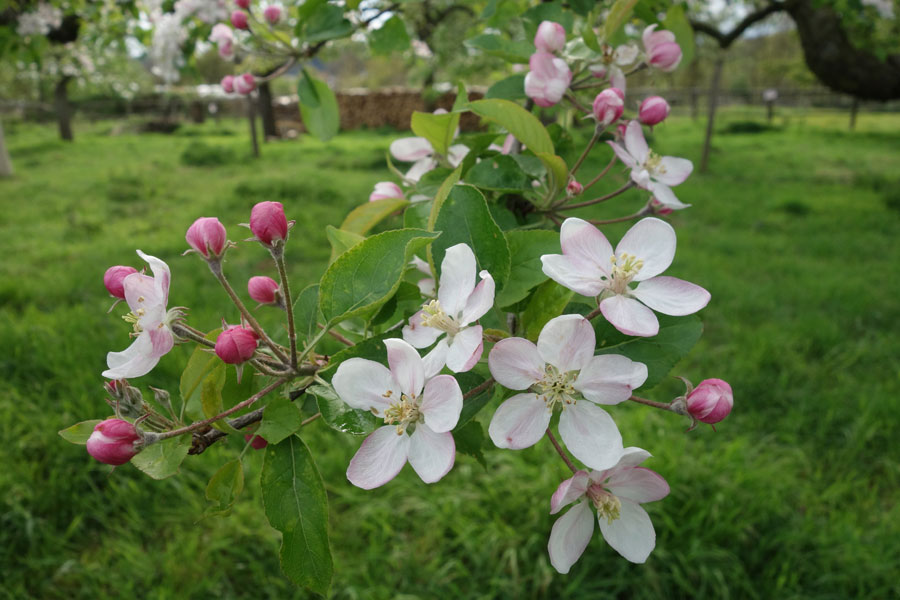 |
||
 |
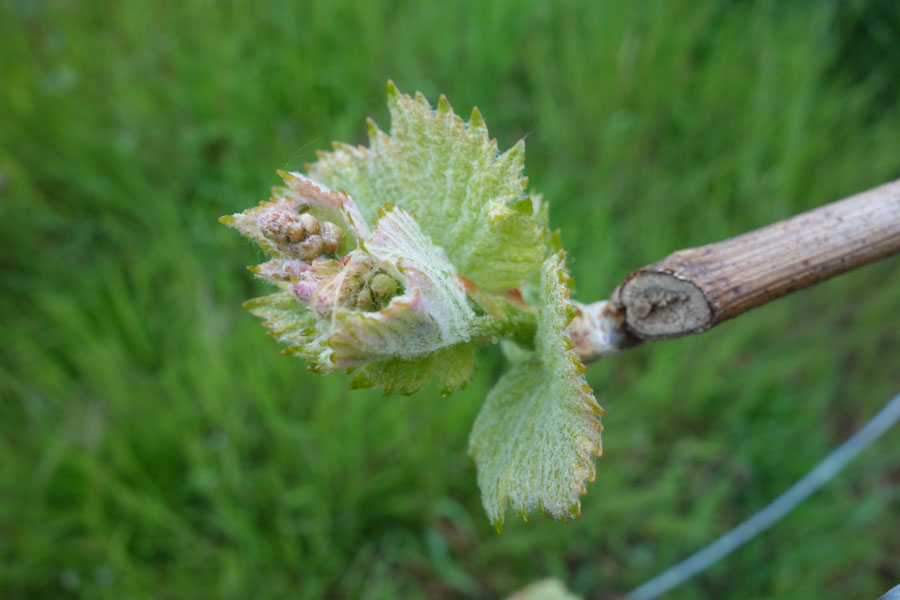 |
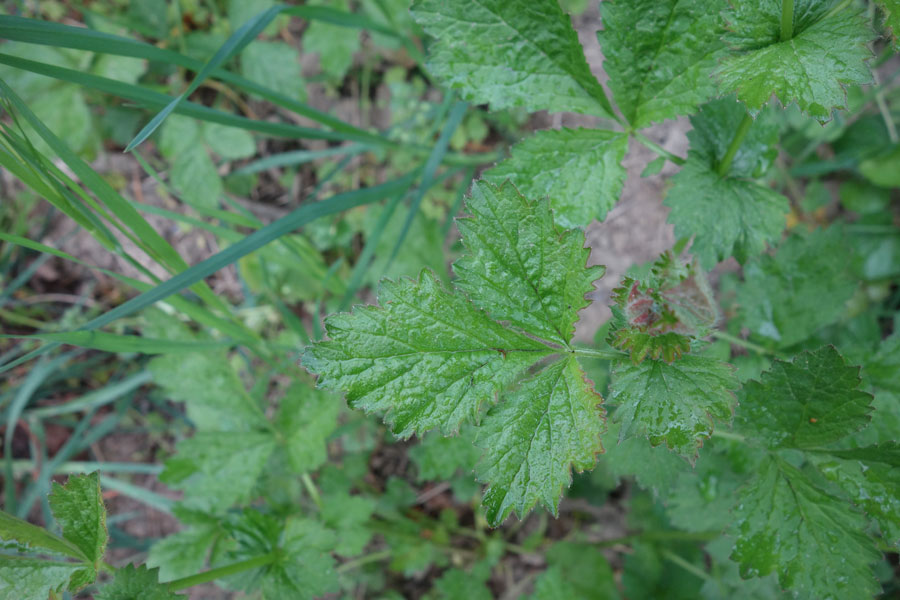 |
||
Series 2
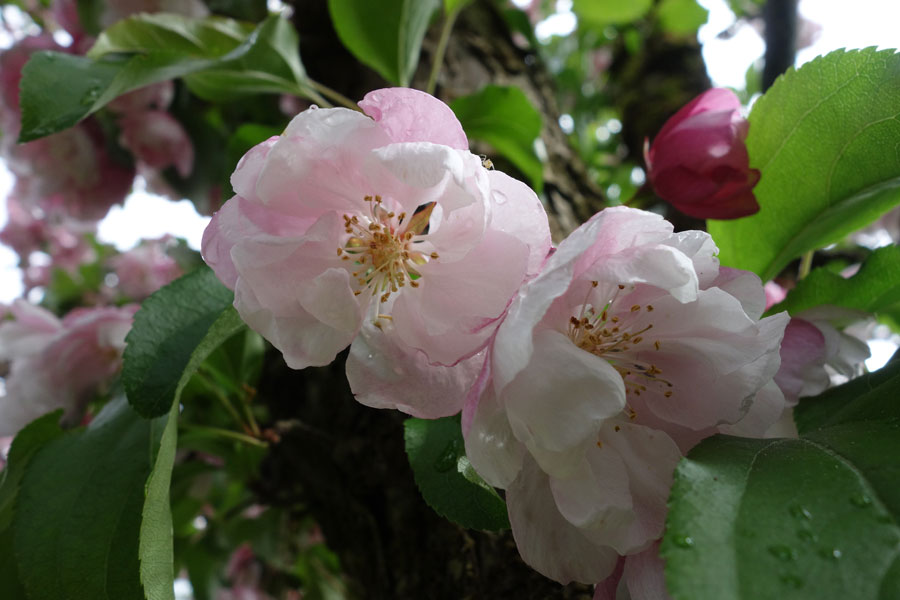 |
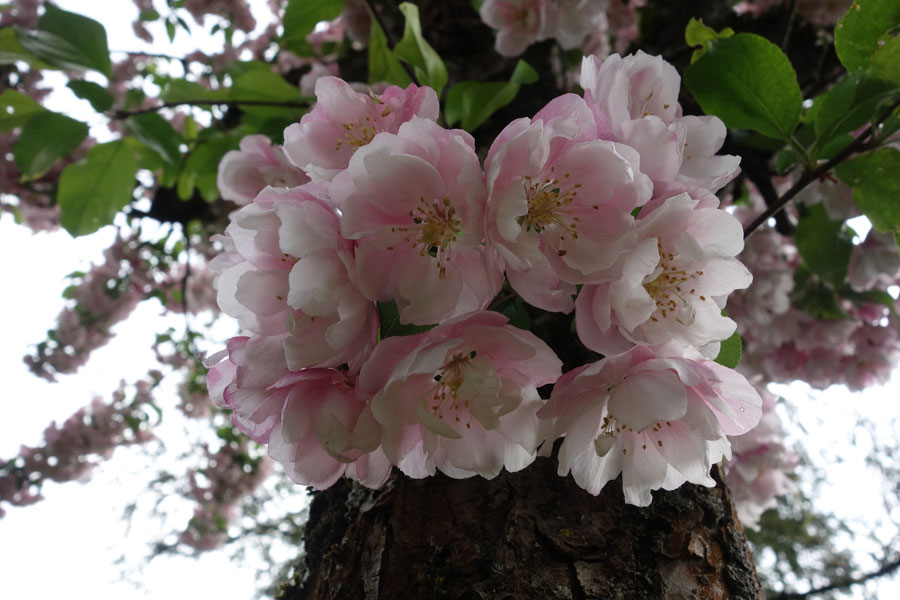 |
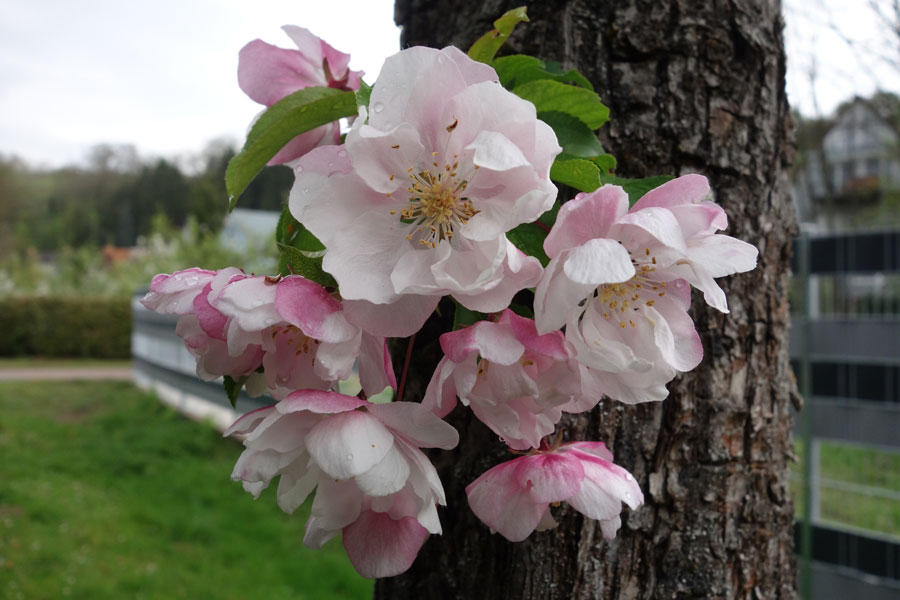 |
||
 |
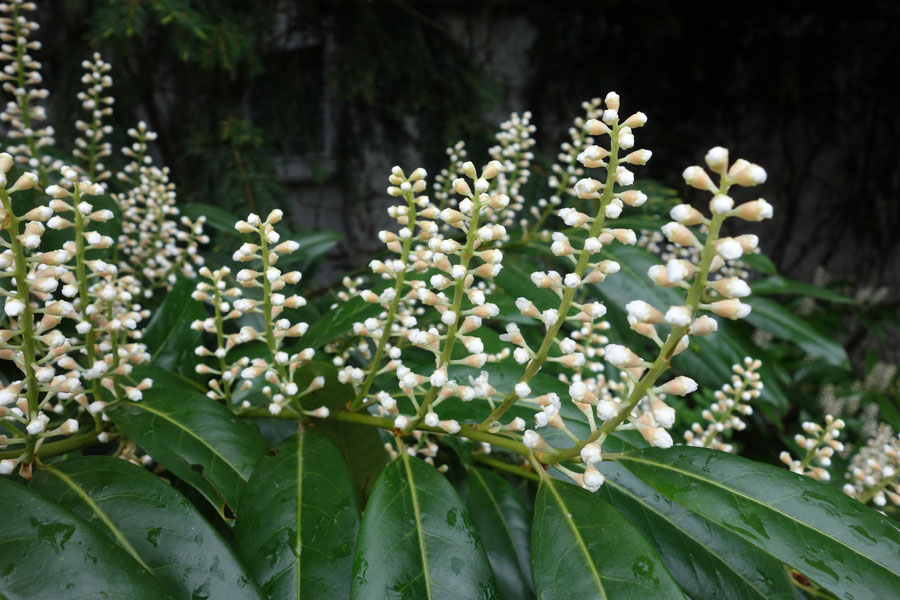 |
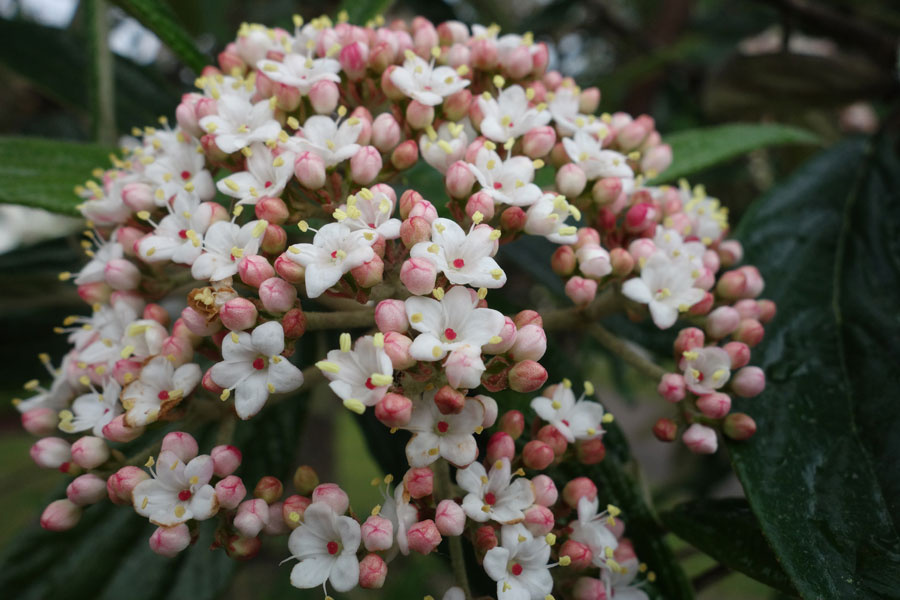 |
||
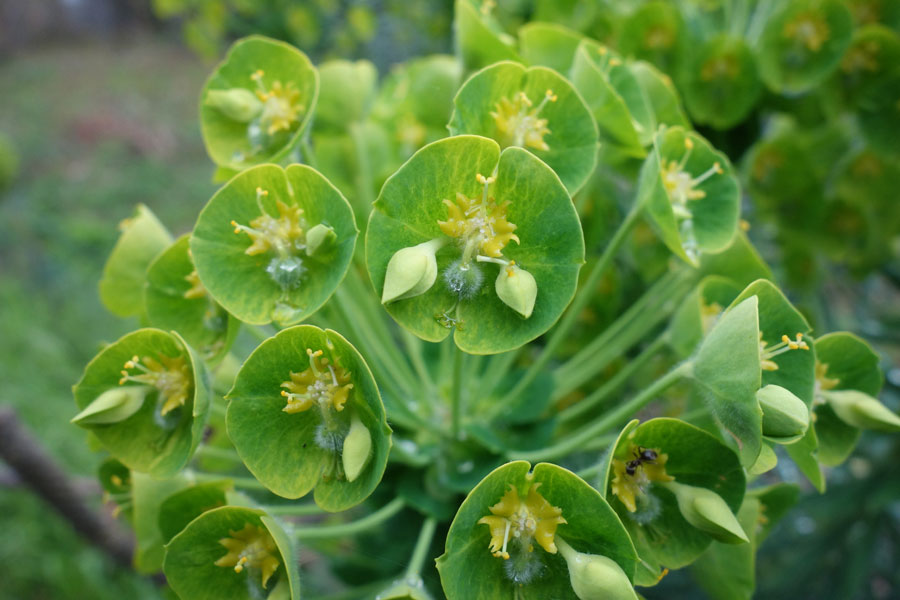 |
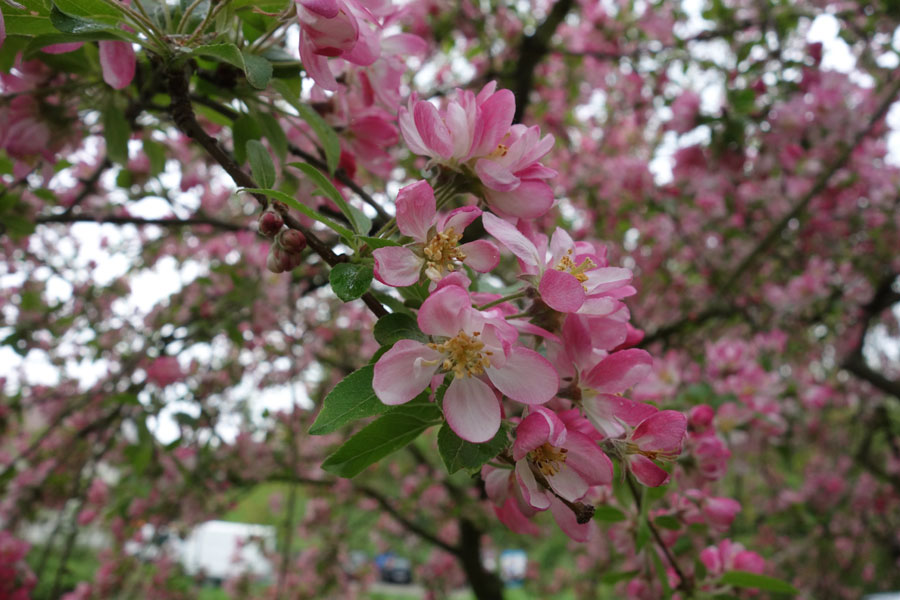 |
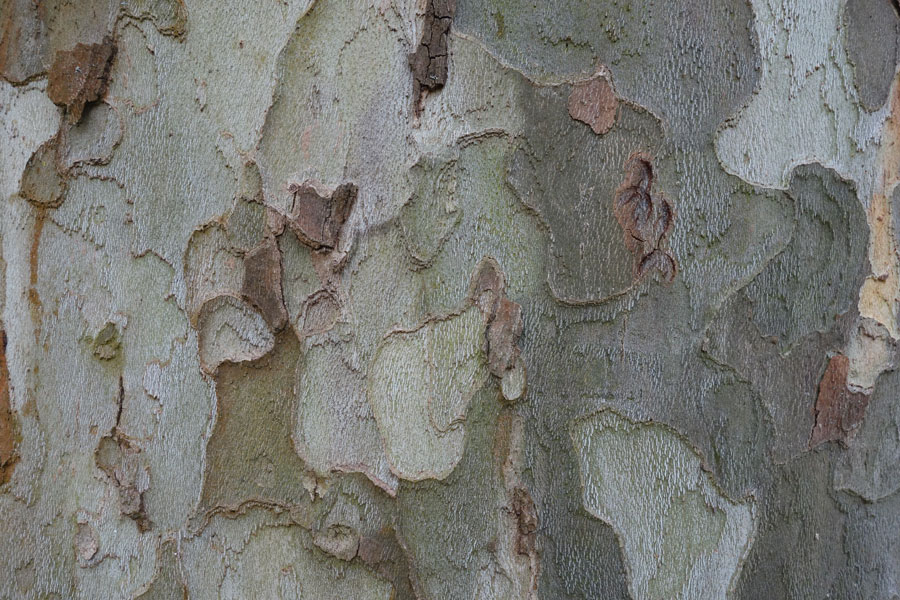 |
||
 |
||||
|
|
Series 3
In this series, I repeated and varied some of the motifs...
 |
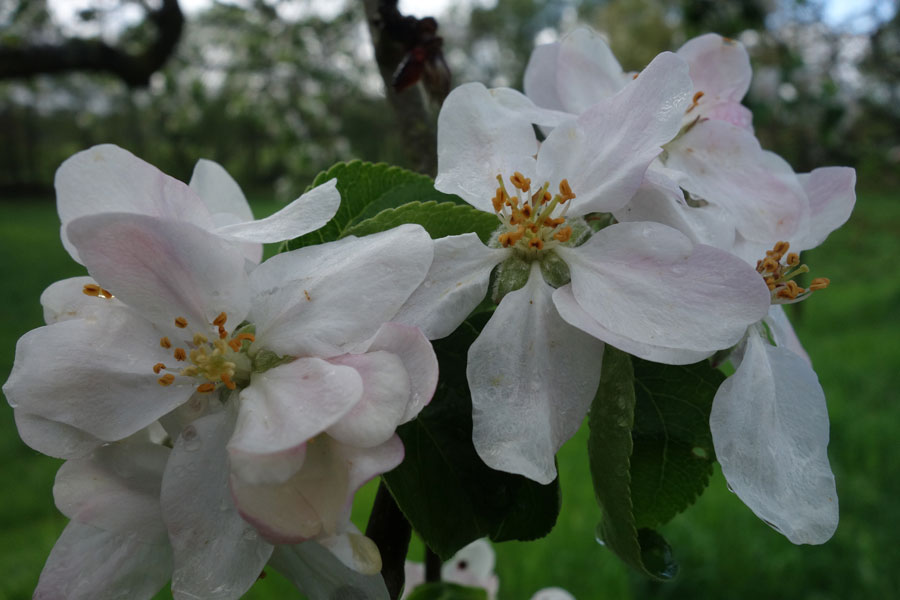 |
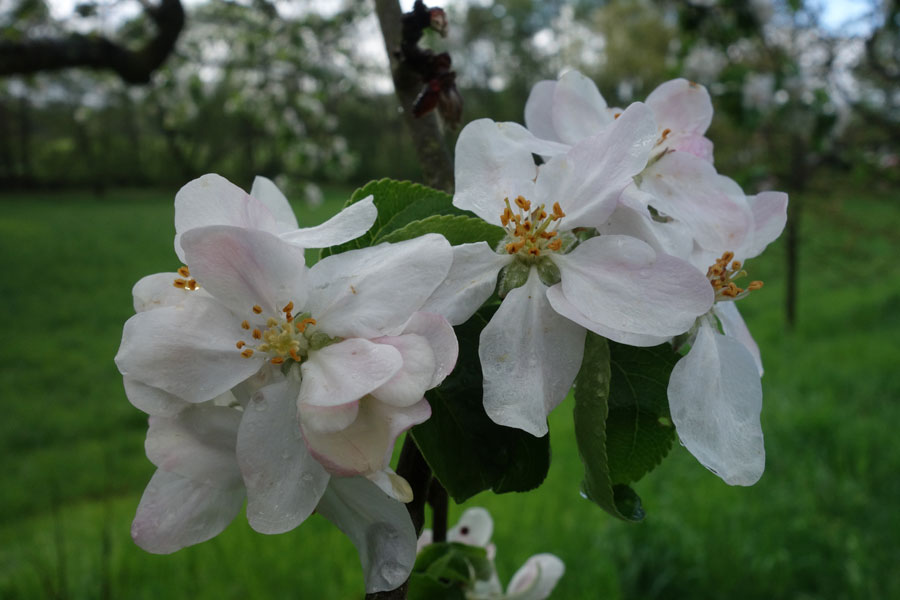 |
||
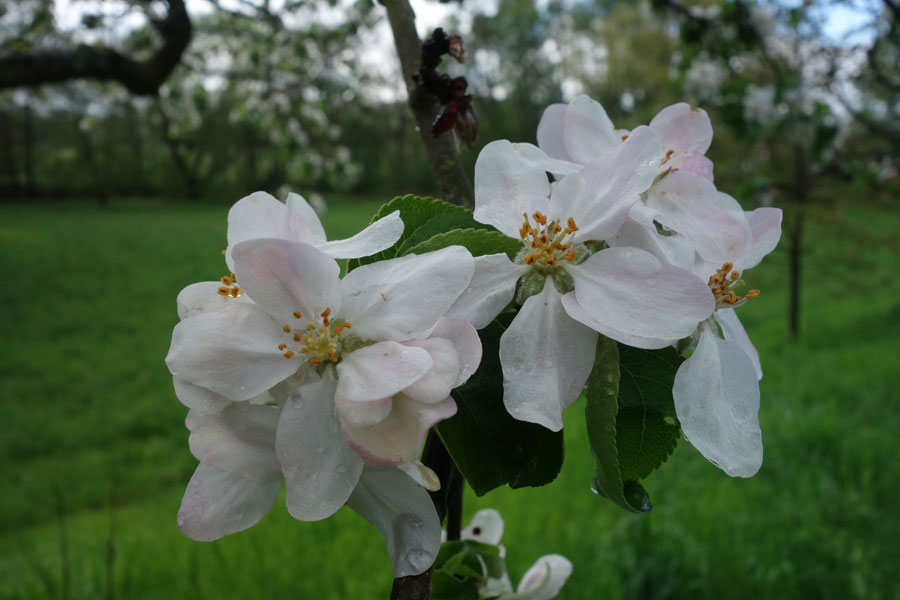 |
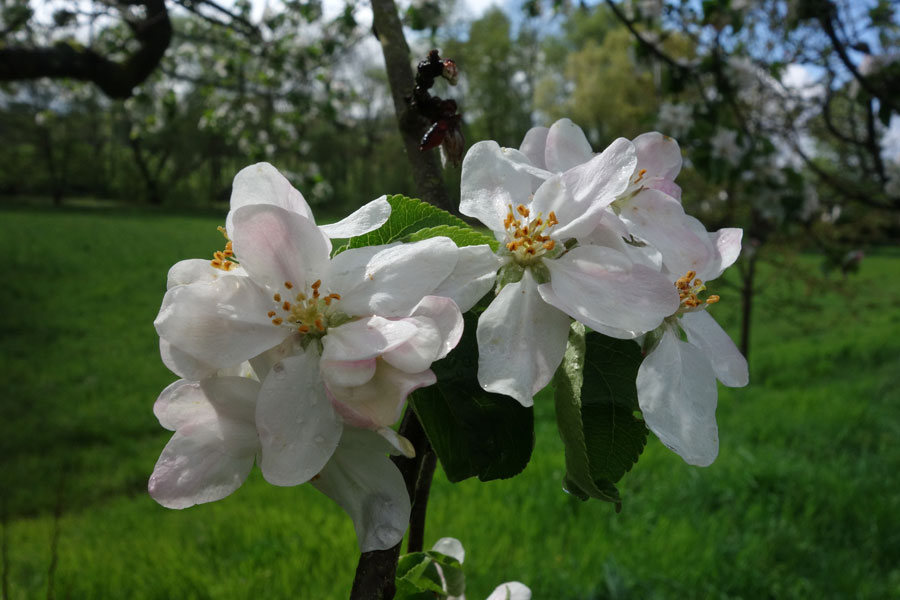 |
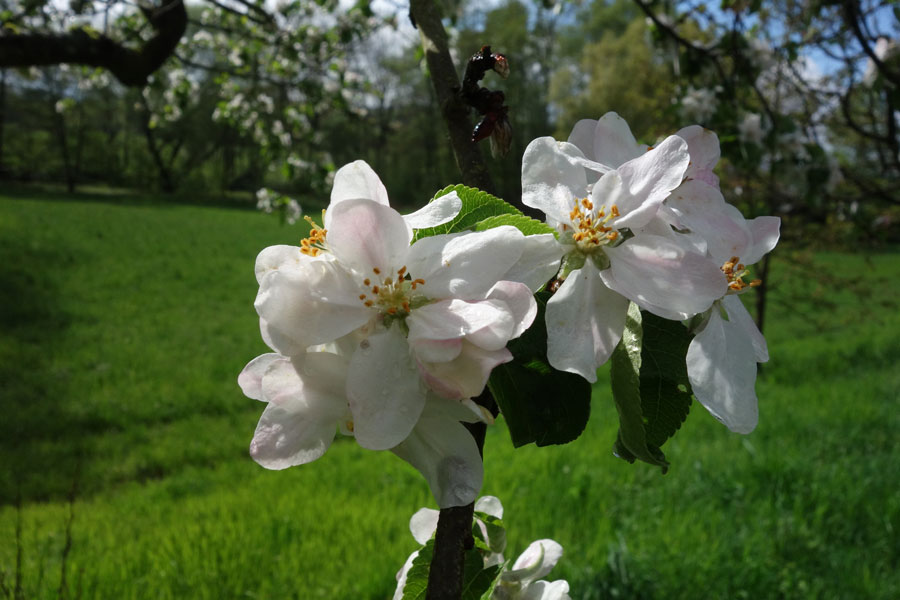 |
||
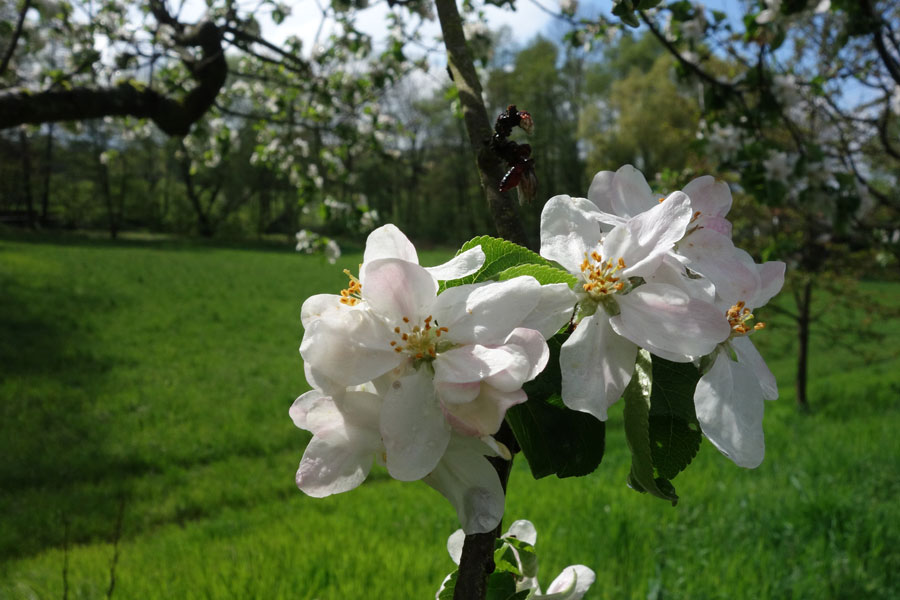 |
 |
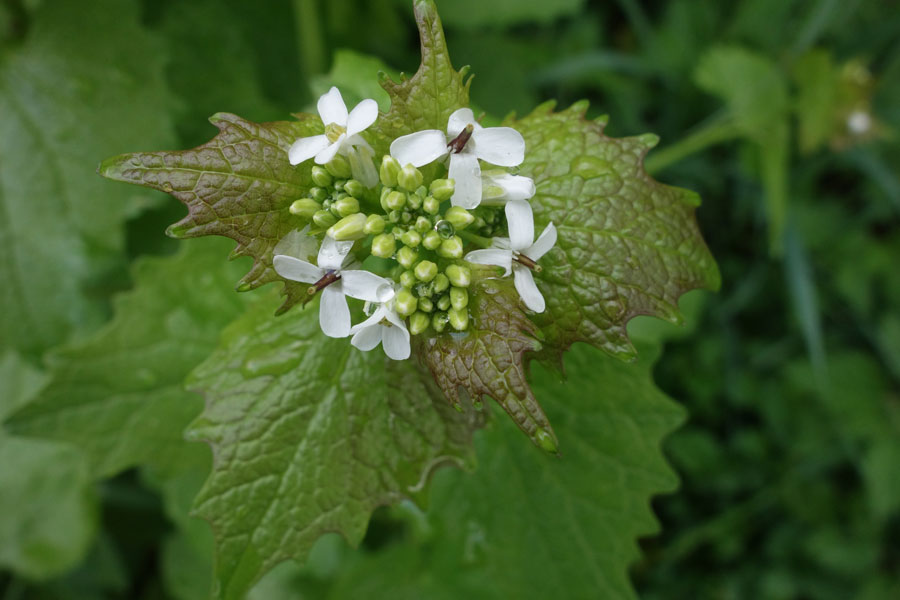 |
||
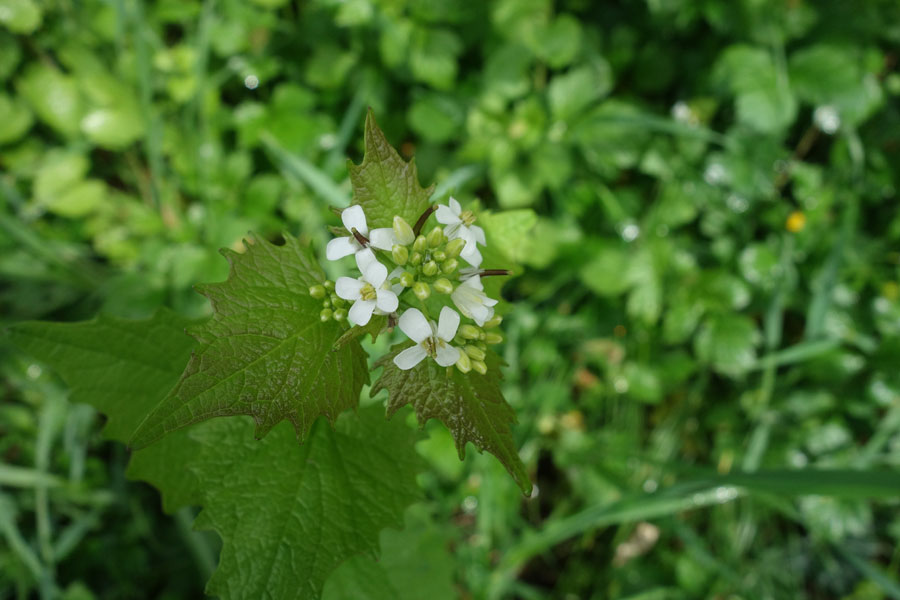 |
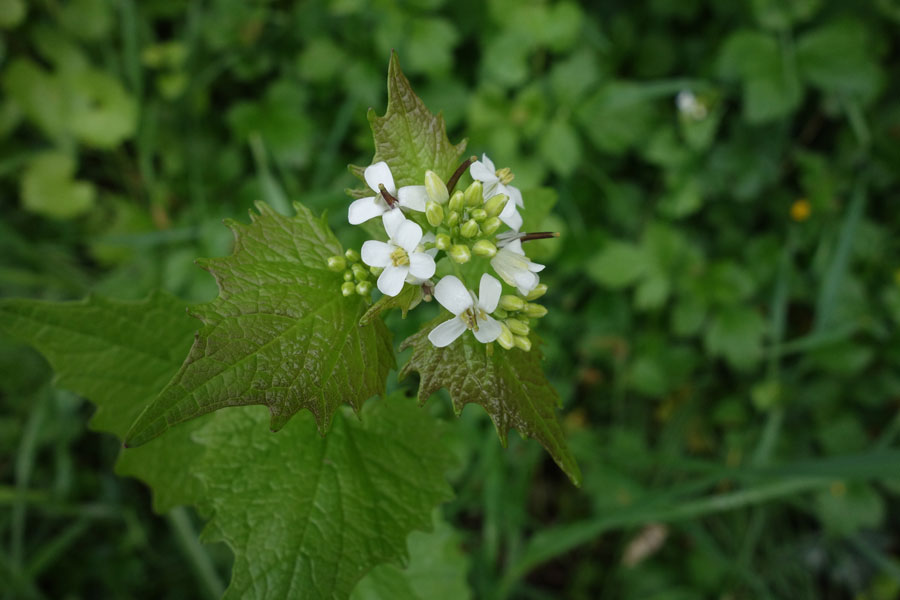 |
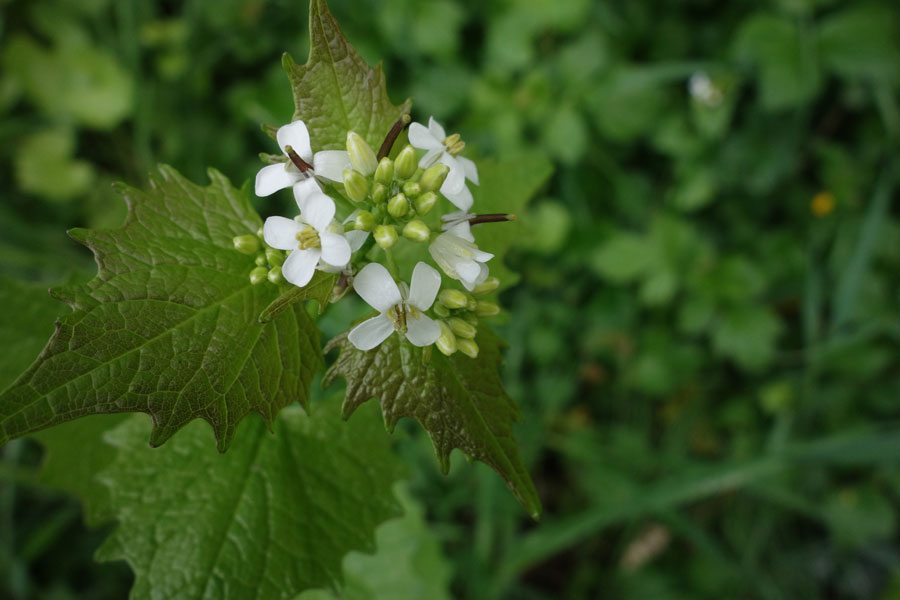 |
||
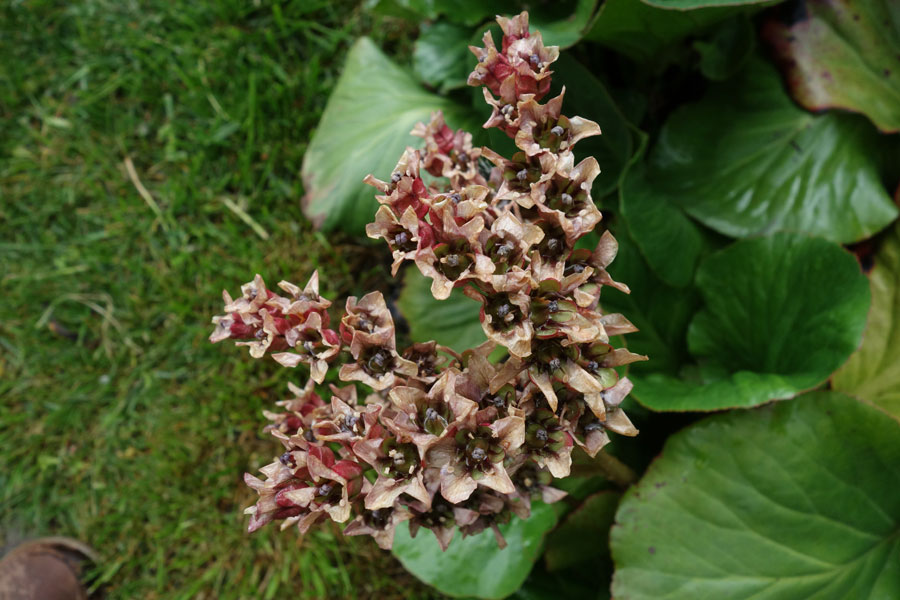 |
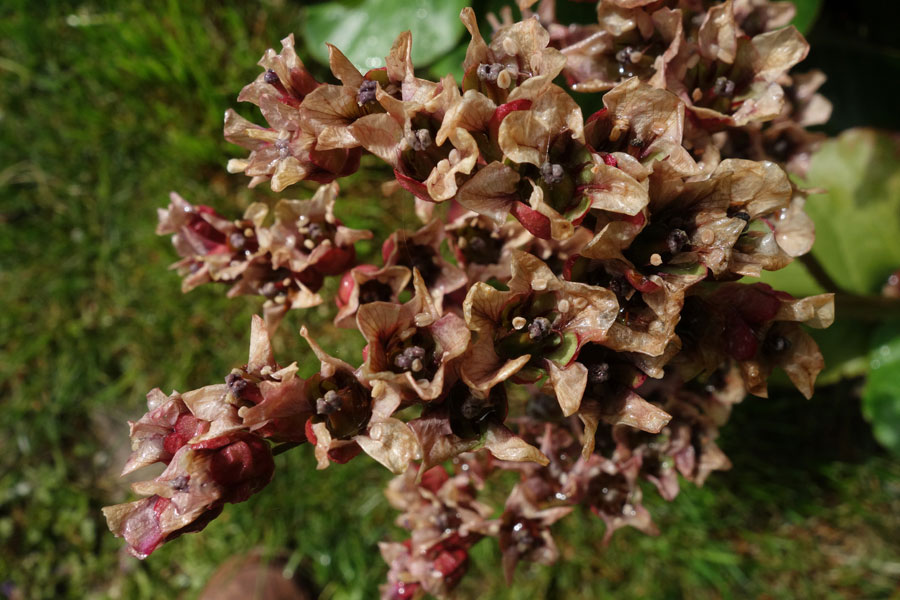 |
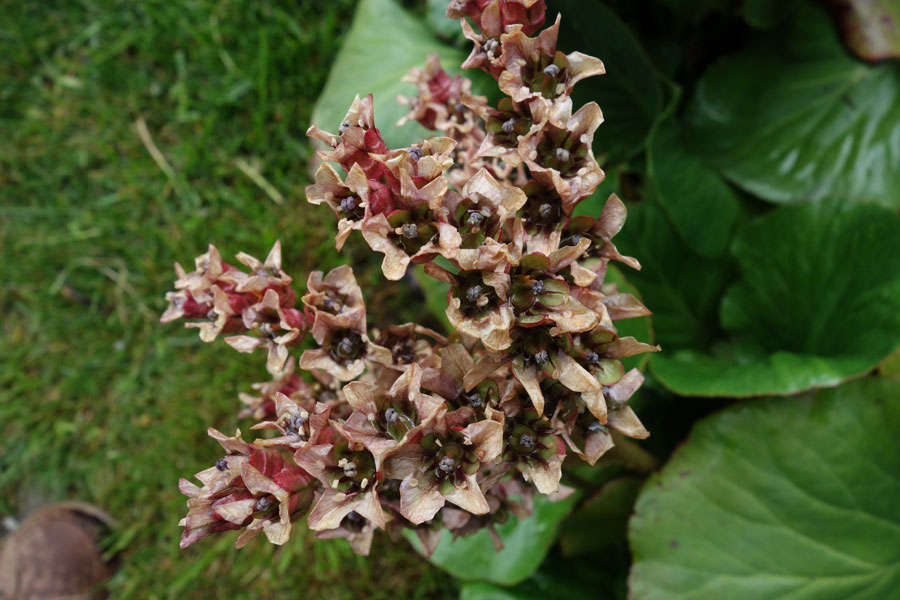 |
||
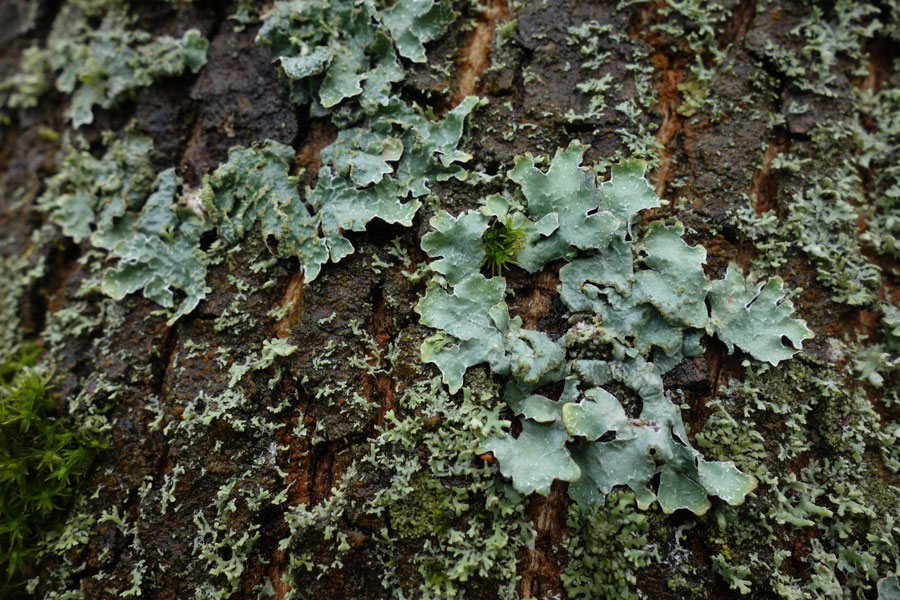 |
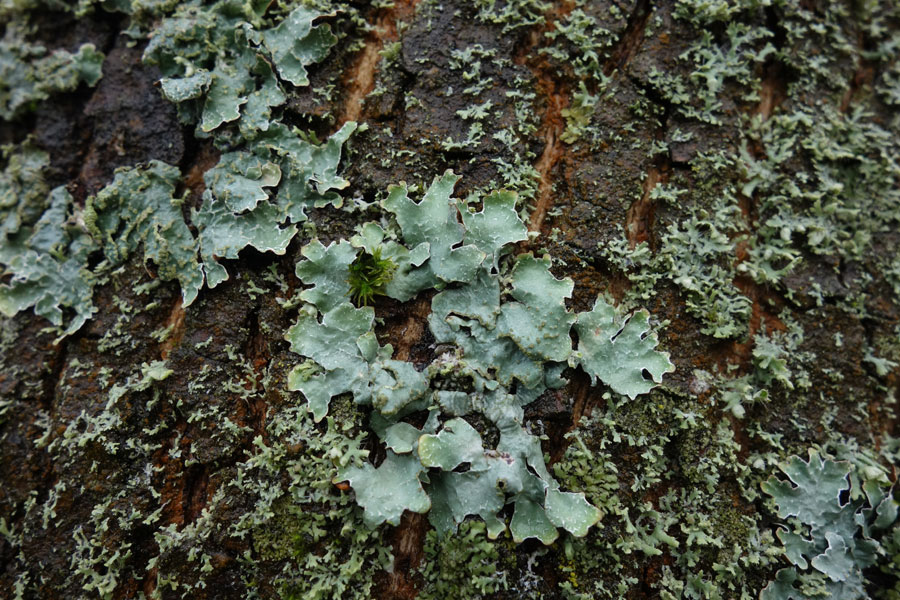 |
 |
||
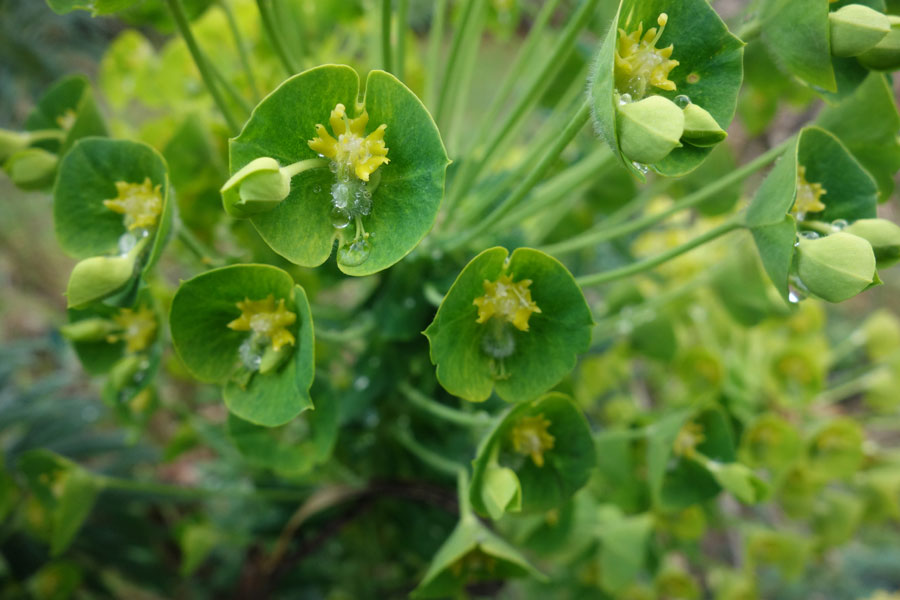 |
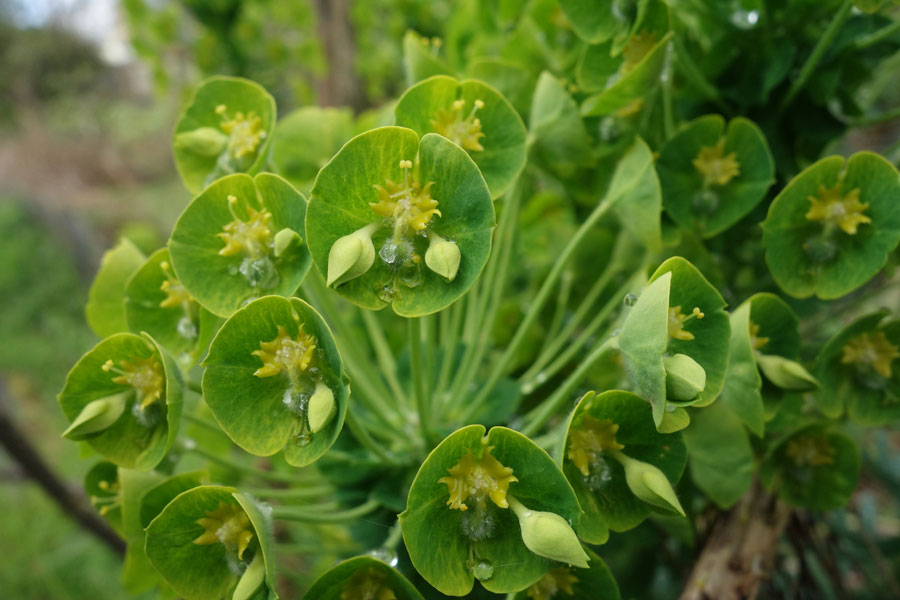 |
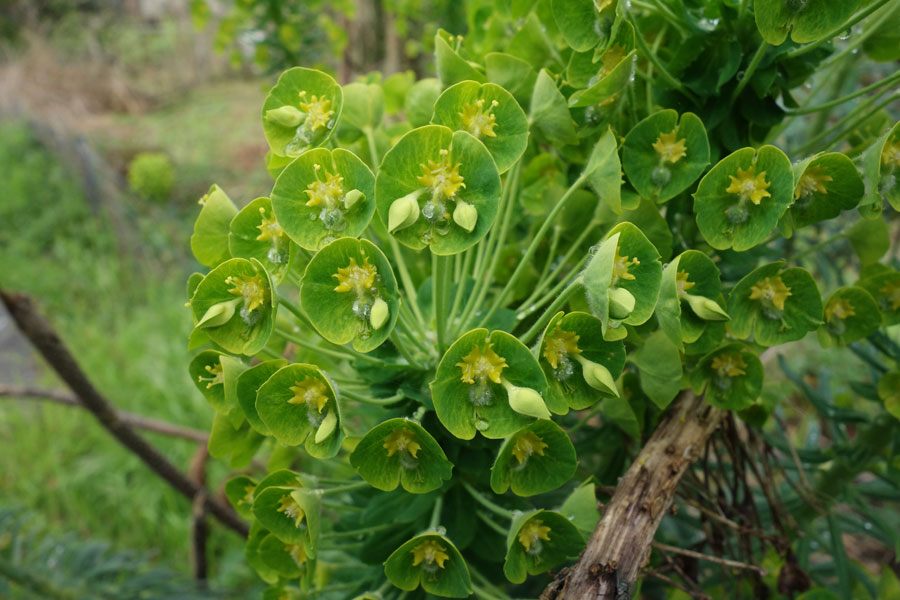 |
||
Series 4
In this series, I repeated and varied some of the motifs...
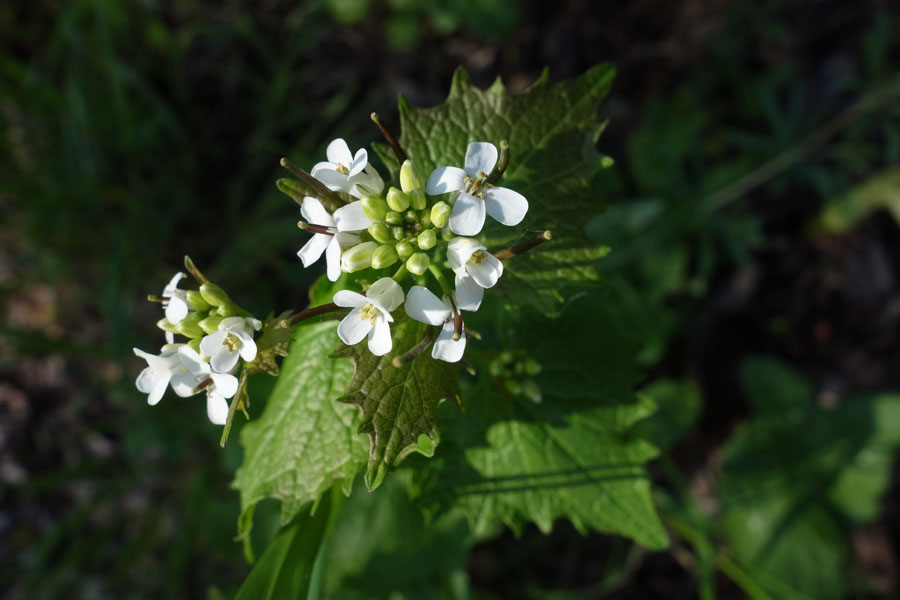 |
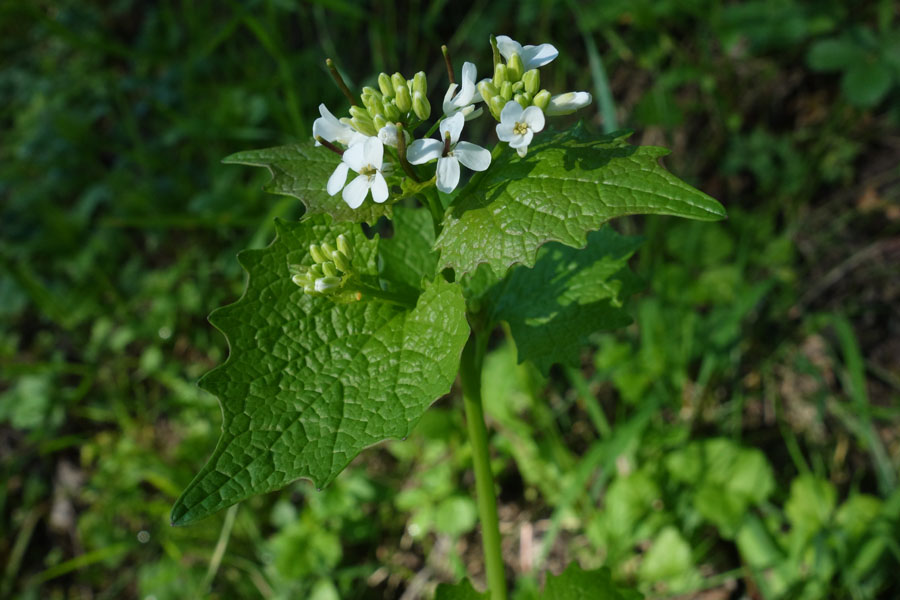 |
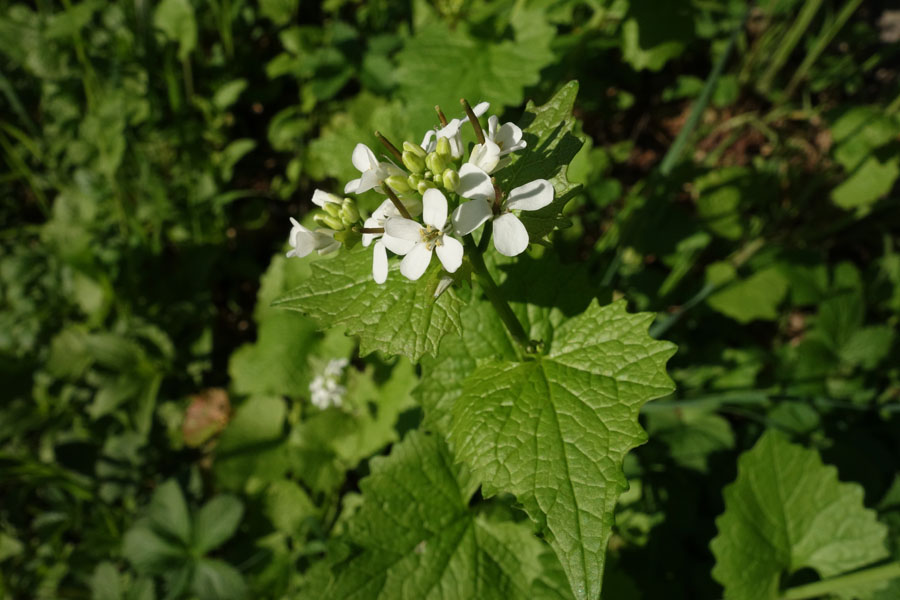 |
||
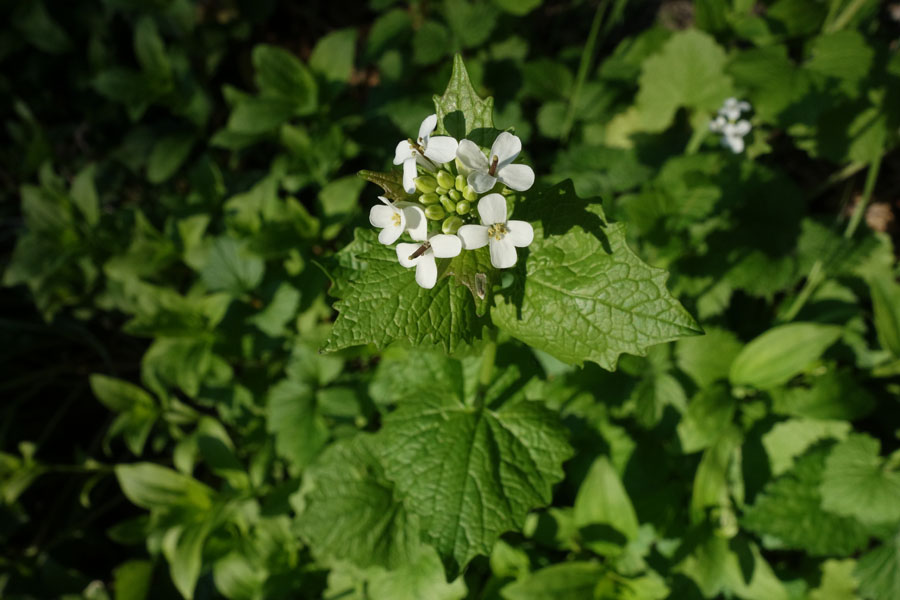 |
 |
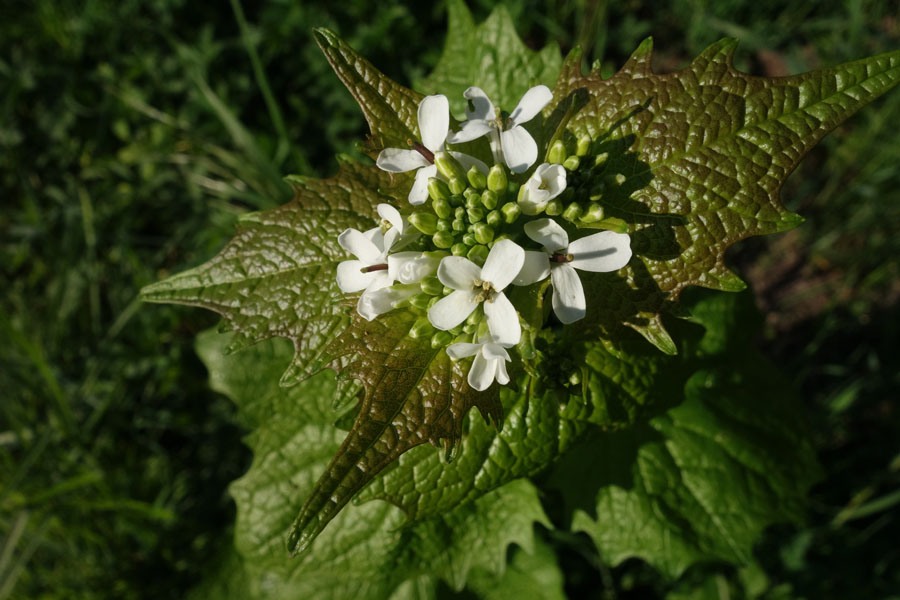 |
||
| Original | ||||
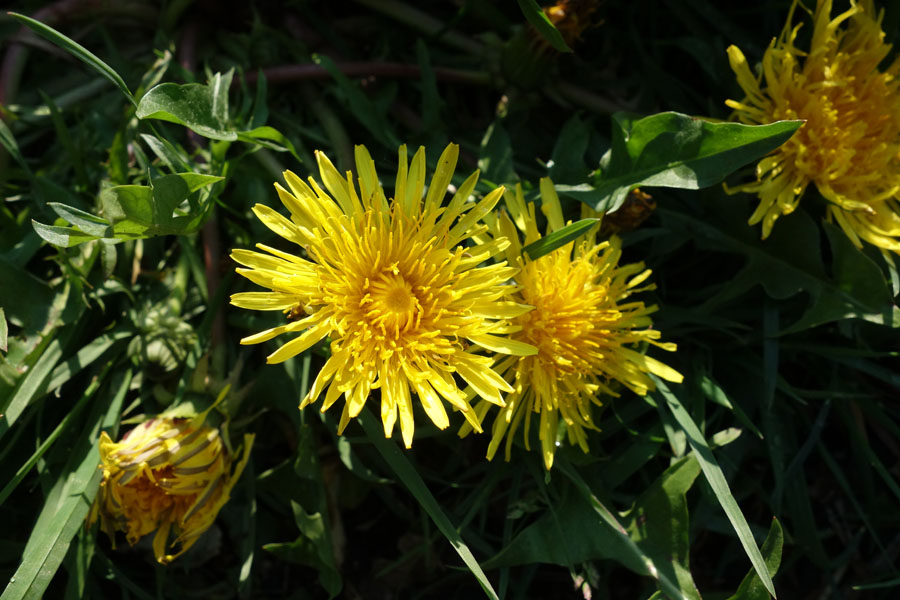 |
 |
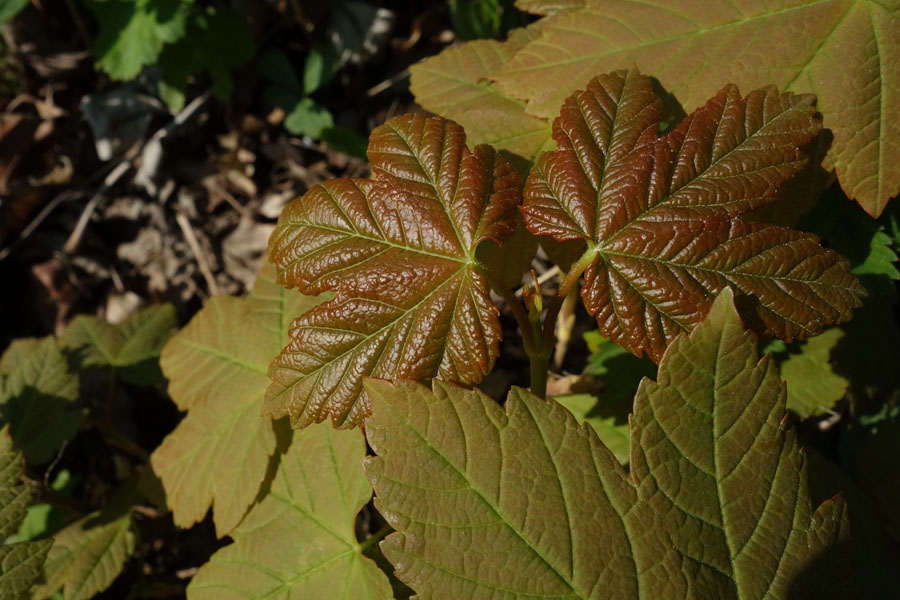 |
||
| Original | ||||
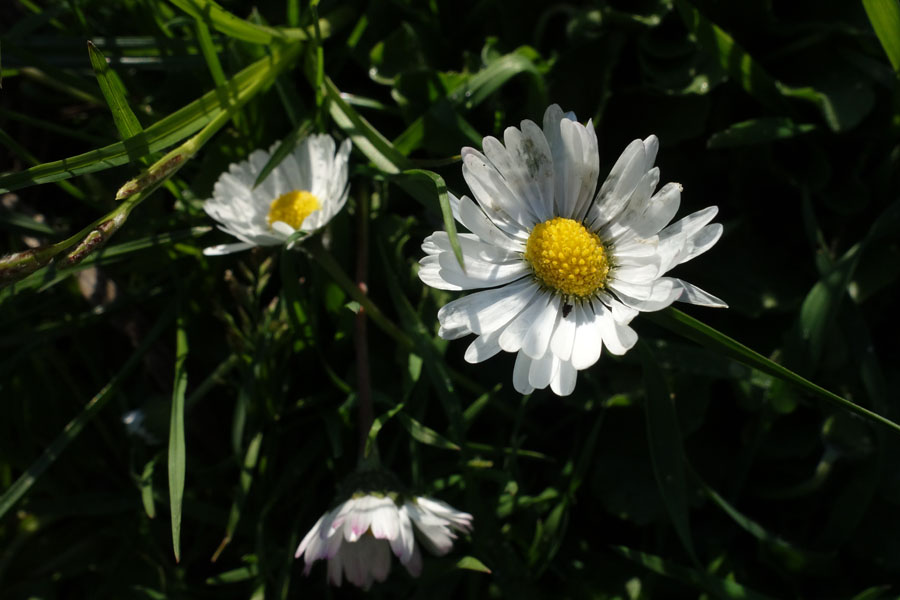 |
 |
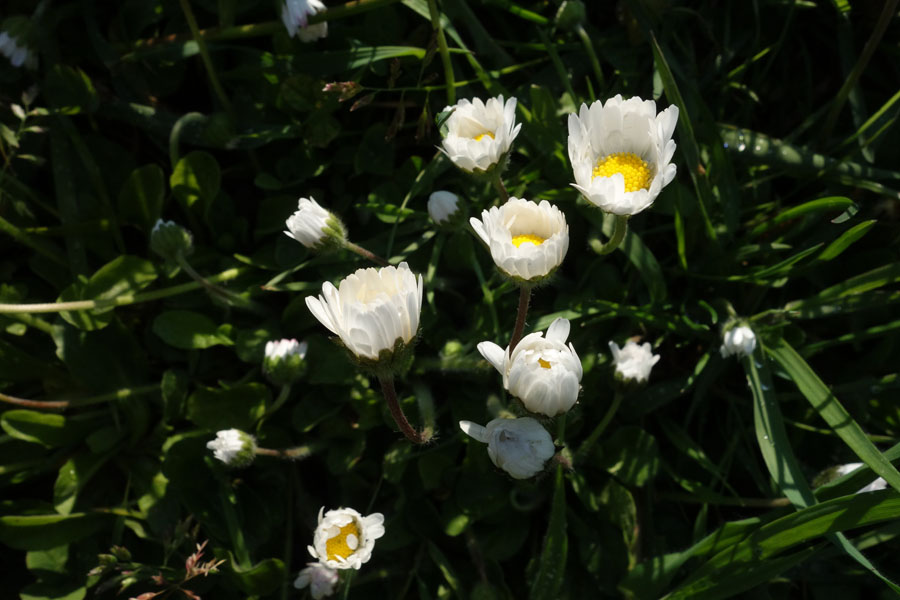 |
||
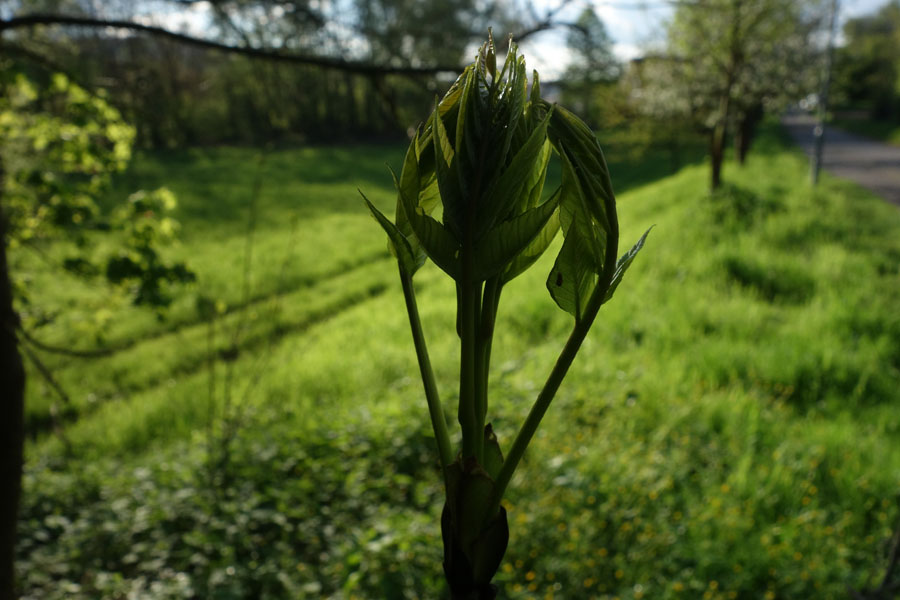 |
 |
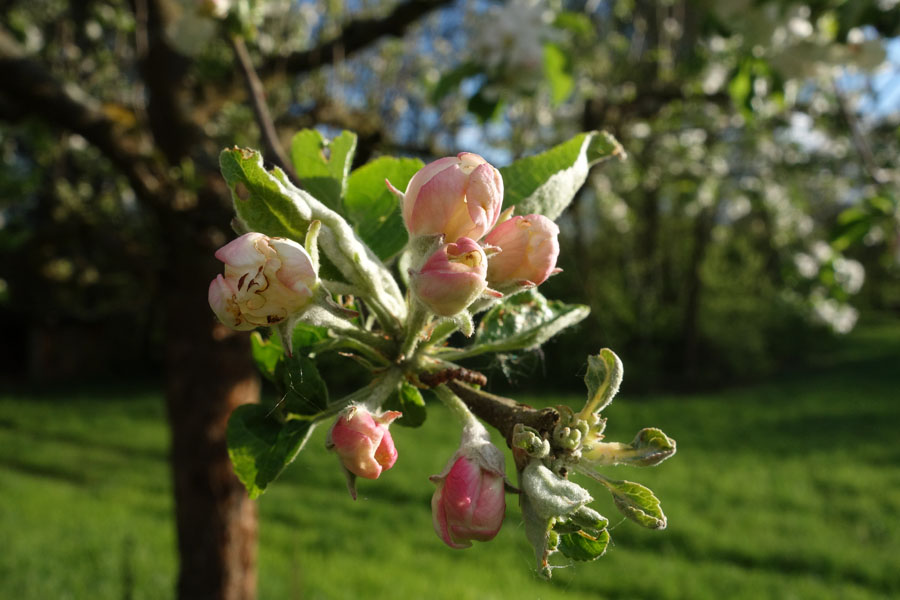 |
||
 |
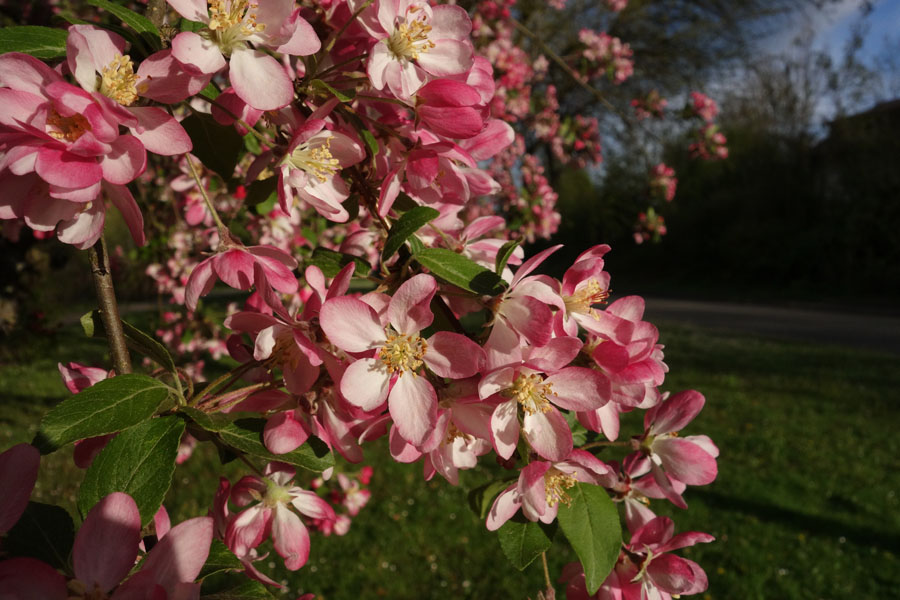 |
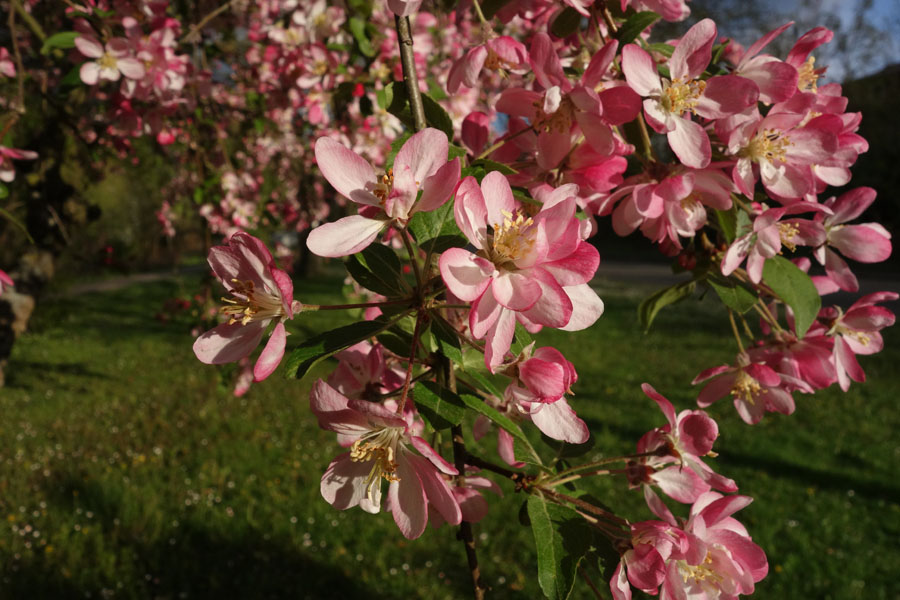 |
||
 |
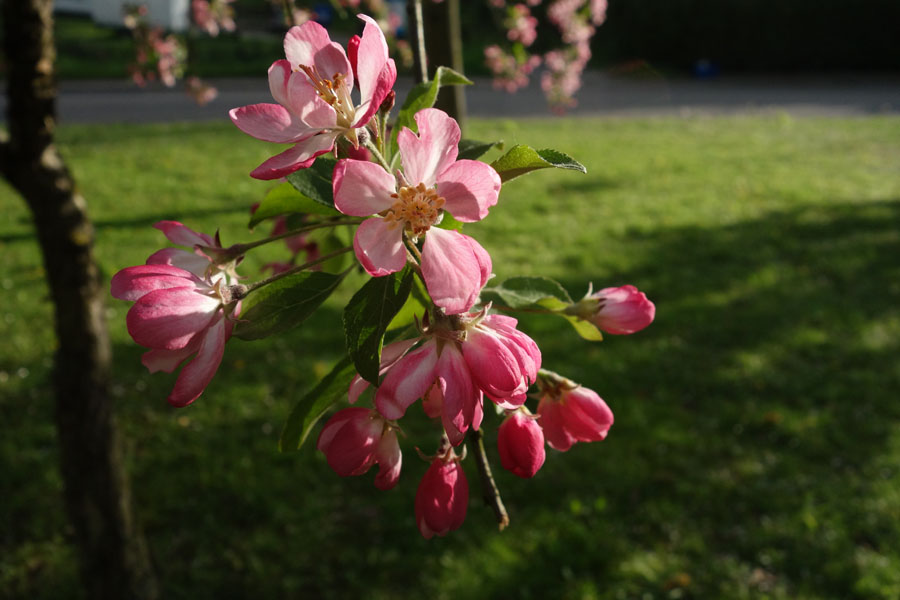 |
 |
||
 |
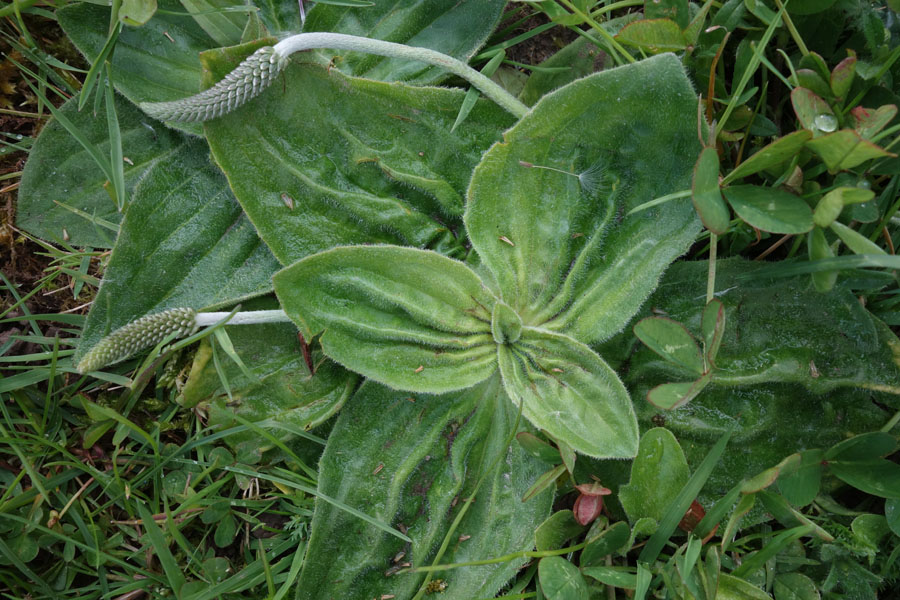 |
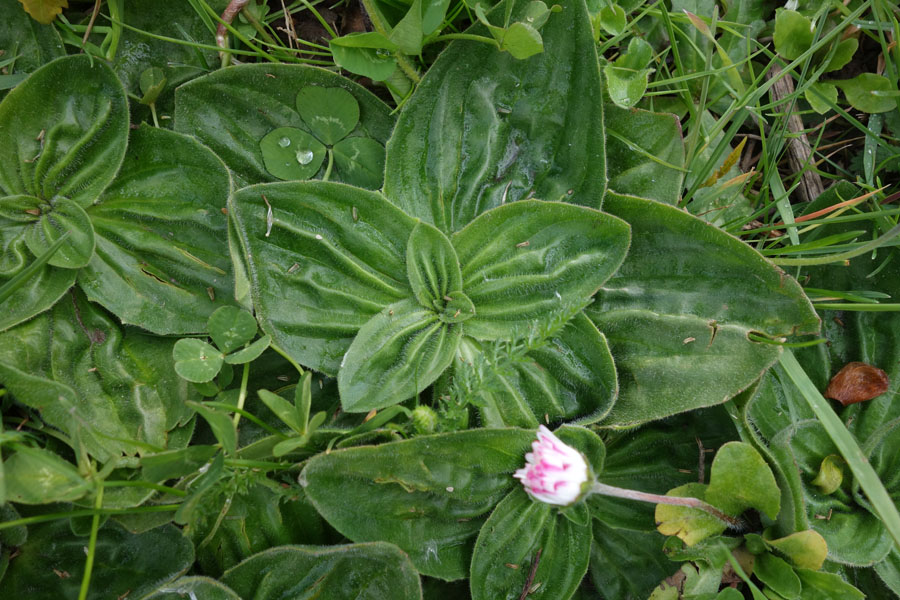 |
||
Conclusions
My first tests with this focusing approach for close-up shots are quite encouraging. I am not sure whether I would have had a similar hit rate with other focusing techniques, particularly given the wind that blew the days on which I took the photos (Easter 2017). Time will tell whether this approach is really useful, particularly for my wife. I myself can still resort to the Flexible Spot focus or other approaches like manual focusing. I find it in practice also useful to increase ISO somewhat and to switch to A mode (f/8), whereas my wife only uses P mode.
Links
- Subject tracking: Why it matters to us and why it should matter to you (Published Mar 19, 2017, Carey Rose, dpreview.com): www.dpreview.com/techniques/5004008634/subject-tracking-why-it-matters
- RX100/RX100M2 tips and tricks - any to share? (thread on dpreview.com, started by Forwardfold): www.dpreview.com/forums/post/51991398
- RX100/RX100M2 tips and tricks - TRACKING FOCUS (In reply to Forwardfold): www.dpreview.com/forums/post/52012936
- Cybershot user-guide - Tracking focus: docs.esupport.sony.com/dvimag/DSCRX100_guide/en/contents/02/04/01/01.html
- Martin Vieten (2014). Das Sony RX100 & RX100 II Handbuch. dpunkt.verlag GmbH (ISBN-10: 3864902134, ISBN-13: 978-3864902130) (German)
- Alexander S. White (2012). Photographer’s Guide to the Sony DSC-RX100. White Knight Press, Henrico, Virginia (ISBN: 978-1-937986-08-7, paperback)
| 10.10.2017 |
